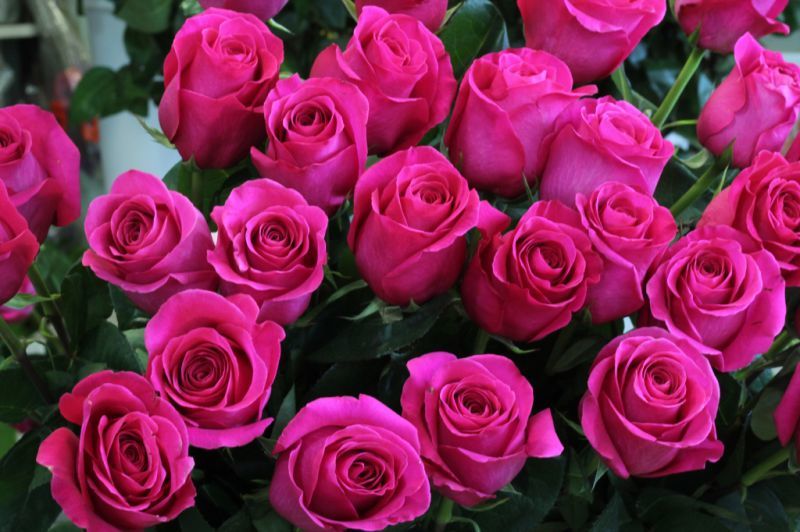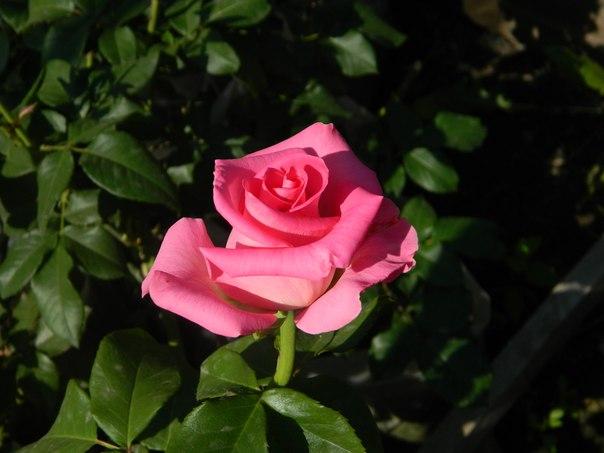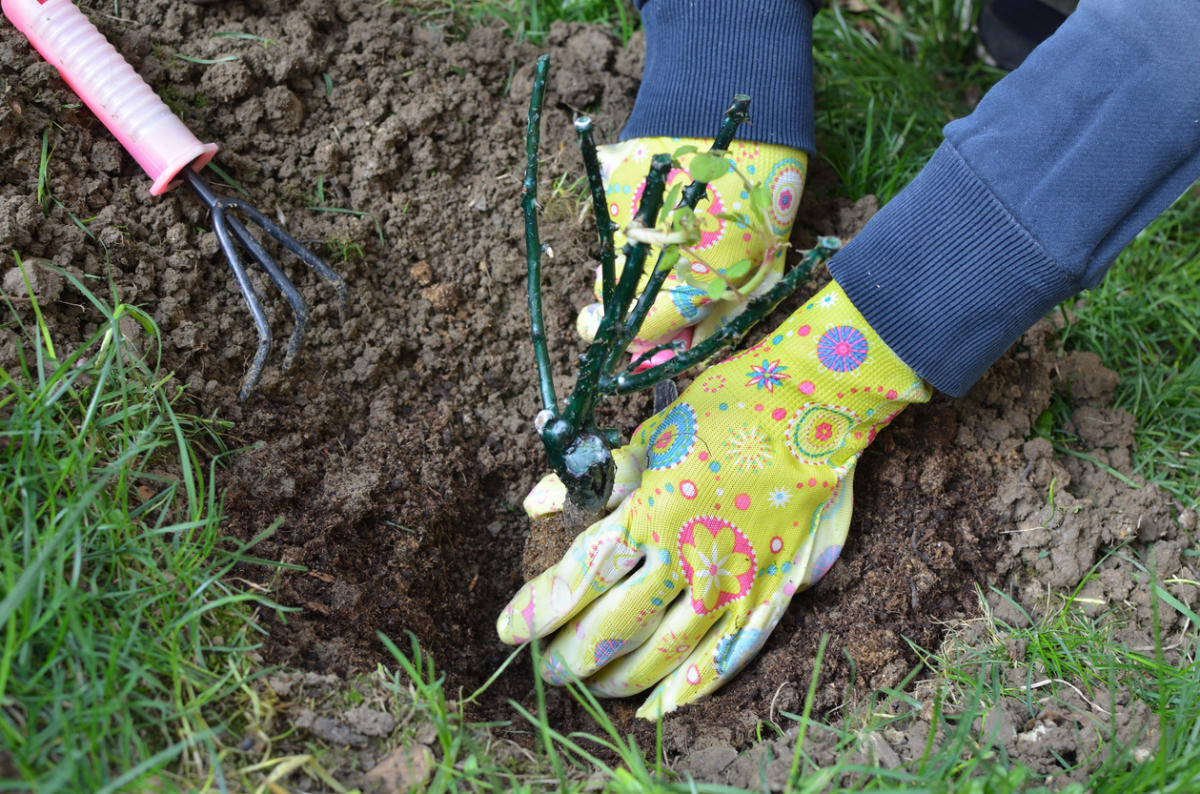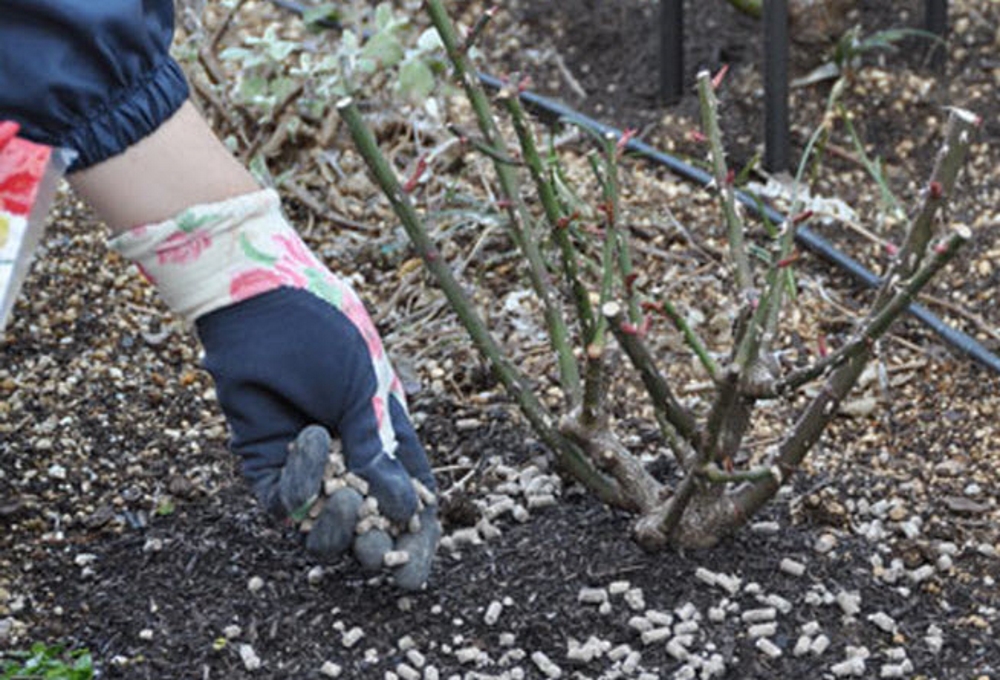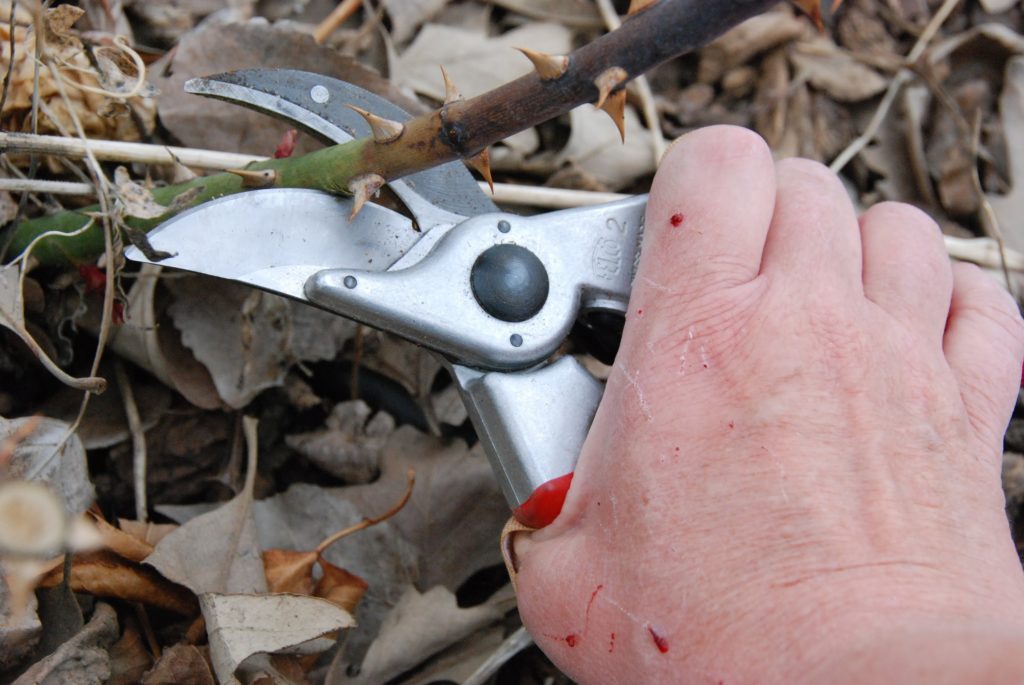Content:
Rose Topaz is a hybrid tea flower culture originated in Ecuador. The creator of this class of roses was a Frenchman, famous breeder Jean Baptiste Andre Guillot. In 1867 he managed to cross a tea rose with a remontant copy. As a result, we got a new variety, which many gardeners and florists liked so much.
The natural habitat of the Topaz rose is the slopes of extinct volcanoes. This explains the beautiful rich shade of flowers - the soil in such an area is fertile, rich in useful elements. Thus, the earth provides the plants with the necessary substances, and the hot sun makes the stems strong and tall.
The rose was named after the semi-precious stone of the same name.
Description
As already mentioned, the Gold Topaz Rose belongs to the hybrid tea group. It has a subtle, subtle sweet aroma.
The bush of the plant is strong, dense, fast-growing, its height is 70 - 100 cm. The stems are erect, even, dense, thick. They are tough, have thorns. The leaves are dark green, large, glossy.
Flowers are large, goblet, elongated, double (35 - 40 petals). Bud height (13 cm), width (12 cm). Formed on one peduncle 1 - 3 buds. The petals are dense, leathery. They are painted in bright pink, sometimes lilac, purple shades, outside they have blurry white tones in the form of strokes at the bases.
Characteristic
Hybrid tea rose Topaz has a repeated flowering type. The Topaz rose blooms in late spring - early summer. Blooms profusely, for a long time, almost continuously until late autumn.
The culture is characterized by good frost resistance: it can withstand temperatures of -23.3 degrees (zone 6). Rose Topaz is highly resistant to diseases and pests.
Growing conditions
To grow a plant, you need to choose a sunny, open area where there are no winds, drafts.
The garden rose variety Topaz prefers nutritious, loose, breathable, moist, drained, neutral soil. Acid level (pH 5.6 - 7.3).
Preparing for landing
Before planting a plant, you need to immerse its roots in water for 4 to 6 hours.
Damaged, weak, long shoots are removed from them. Only strong and medium specimens are left. This will give impetus to rapid growth.
Landing
Dig a pit 50x50 in size. The root system of the rose should fit freely in it.
Drainage is poured at the bottom of the pit: expanded clay, sand, gravel.
Then the prepared soil is poured with a mound:
- manure (3 parts);
- soil (2 parts);
- sand (2 parts);
- peat (1 part).
Pour water 2 - 3 liters, allow it to be absorbed.
A seedling is placed in the middle of the hole, covered with earth, compacted, watered. Hilling with dry soil (thickness 15 cm).
The vaccination site is deepened by 2 - 3 centimeters.
When roses are planted, leave a space between them (30 - 50 cm). It is best to place no more than 8 bushes in a flower bed.
Watering
At first, young seedlings are watered every 2 - 3 days (pour 3 - 5 liters of water under the bush), then once / week.
One plant will need 10 liters of water.
It is best to carry out all watering activities in the evening.
In the spring, in the fall, irrigate once / 1.5 - 2 weeks.
Top dressing
In the first year, roses do not need root fertilizers. Only in the fall do top dressing on the leaves (take 1 tbsp. L sulfate / 8 l of water). This will help the young seedling grow stronger and prepare it for winter.
The next spring, after pruning the roses, they begin to fertilize. Mineral dry compositions are used. They are sold in stores.
Water the plant abundantly, then sprinkle the mixture around the bush, previously retreating from the center (10 - 12 cm), close up, moisten well.
During active growth, you can use this composition twice in a row:
- water (10 liters);
- urea (10 gr.);
- saltpeter (15 - 20 gr.).
During the budding period, organic substances or the following components are used:
- water (10 liters);
- saltpeter (20 - 25 gr.);
- urea (40 - 50 gr.);
- potassium (15 gr.).
No feeding is needed during flowering. It is very good to alternate organic matter with mineral complexes. In autumn (September), fertilizers are applied for the last time. These must be organic substances.
During the growing season, weeds are systematically weeded, loosened the earth, mulched with peat after watering.
Pruning
In the spring, before the formation of buds, the bushes are pruned. Sick, damaged, dry, frozen tops of the shoots are removed.
If desired, carry out a strong pruning, cutting off more than half of the branch and leaving 3 - 4 buds. In this case, the flowers will be larger, but in smaller quantities. They will bloom later. If you carry out not strong, but weak pruning, then the rose will bloom early, but the flowers will be small in size.
- In the spring, when the buds grow to 0.6 cm, they are cut off, leaving 3 to 4 pieces.
- In summer, during leaving, faded buds with small fragments of shoots are removed. This procedure will provoke profuse flowering.
- In the fall, cut off damaged, unripe shoots, the remaining leaves, inflorescences. They burn plant waste.
Diseases, pests
Sometimes roses are attacked by green aphids. A solution is made against it: laundry soap (grated, a piece), water (10 liters), several branches of wormwood. Boil for 15 minutes, insist, process. Repeat spraying against aphids after a week.
In advanced cases, chemicals are used.
Preparing for winter
A hybrid tea variety of roses must be covered for the winter. In the fall, watering is reduced, the last time the plants are fertilized (in September). The stems are shortened, leaving 6 buds. Weeds are removed under the bushes.
Fall asleep with dry leaves. Ground or peat is poured on top (layer 20 - 25 cm). Cover with spruce branches.
Advantages and disadvantages
The advantages of the Gold Hybrid Topaz variety are:
- Attractive appearance: cut flowers retain their commercial qualities, remain unchanged for two weeks.
- The buds do not fray, flowers are transported well.
- The culture is cold-resistant.
- Topaz rose is resistant to powdery mildew, black spot.
It is difficult to say how the rose bush tolerates rainy weather. Some sources claim that the flowers retain all their qualities, others say that the buds can be damaged or weakened.
Rose Topaz has long been loved by many gardeners in Europe and Russia. It is planted in gardens, summer cottages, and grown on an industrial scale for sale.
Topaz roses look great in any interior. Bouquets are made both from some roses of this variety, and in compositions with other flowers.
